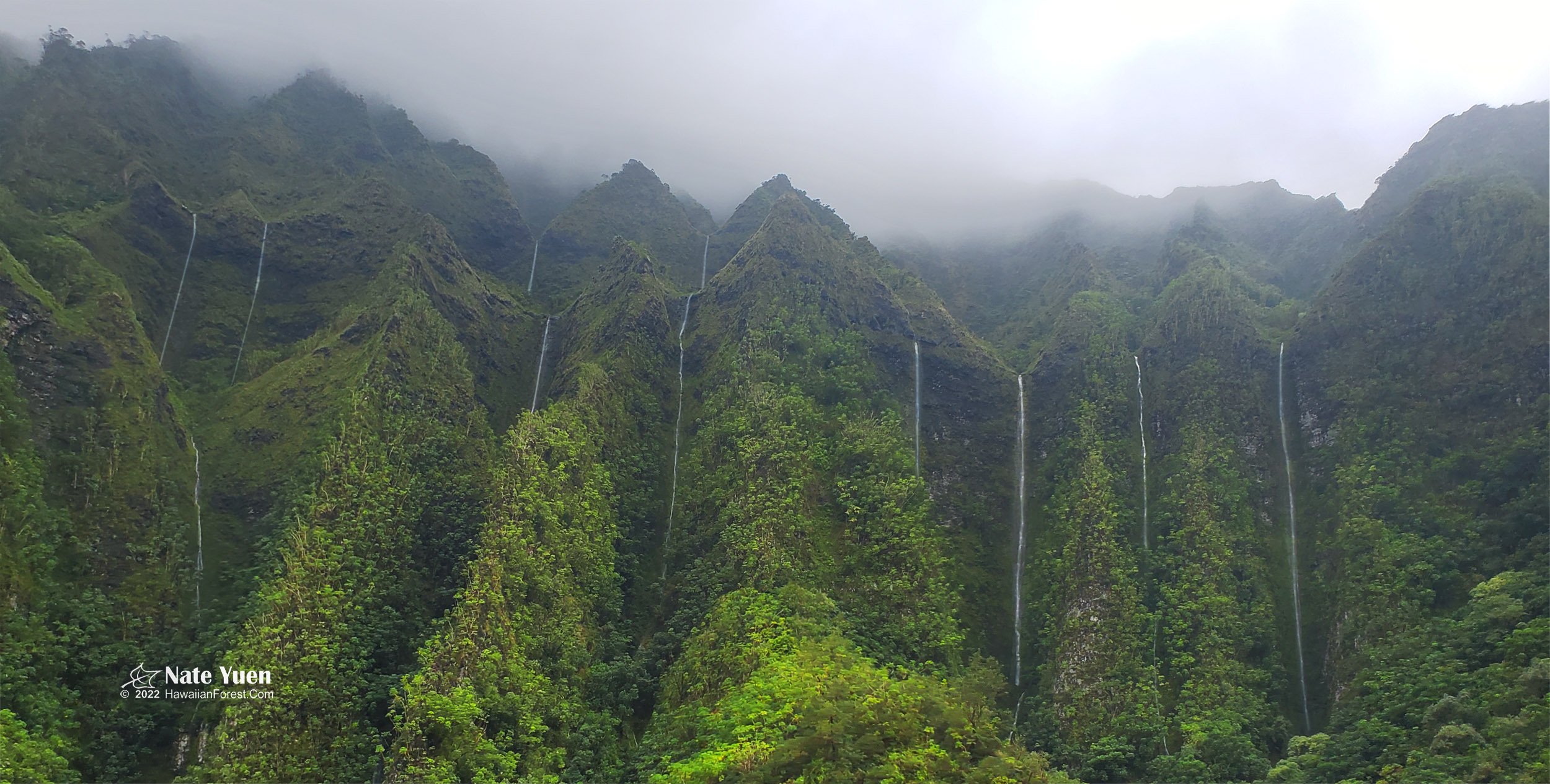Nate’s Adventures: Rain Clouds During Hoʻoilo—The Rainy Season
By Nate Yuen | Reading time: 2 minutes
It's been my observation that the arrival of the rainy season was a few weeks later this year. Many of the leeward parts of our islands were suffering from severe drought and heat.
But now that kona winter storms have arrived, hoʻoilo -- the rainy season -- is here. Hoʻoilo coincides with makahiki season -- a time of peace, feasting, and games.
I have been captivated by the clouds and rain that falls on our islands. We are blessed with the moisture clouds bring to our islands -- the source of our fresh drinking water.
During kauwela -- the dry season -- rain clouds are normally blown in by trade winds that drop their moisture on the mountains. Much of the rain falls on the windward side so that little moisture is left by the time the cloud reaches the leeward side of the island. When kauwela is pronounced and prolonged, the leeward parts of the islands become parched and dry.
It is during hoʻoilo -- the rainy season -- during the winter months when storm systems are blown up from the south and drenched with islands with torrential rain. So huge are these systems the entire island is covered with clouds.
When heavy rains fall, rain water percolates down through the mountains, saturates the earth, filters through porous lava rock, and collects in the aquifer beneath the island. The aquifer contains pure fresh drinking water -- for which there is no substitute.
It is the wet season when sufficient rain saturates the earth, and enables rain water to percolate through the layers of soil and lava rock to reach the aquifer built into the foundations of Oʻahu.
Carved into the rock over eons of geological times, the aquifer on Oʻahu is made from porous lava rock riddled with tiny holes where the water resides. If petroleum products, such as from the US Navy's Red Hill Bulk Fuel Storage Facility, were to leak into the aquifer, the rocks would be coated with fuel. There is no known technology to clean the aquifer once petroleum contaminates the rocks.
Our aquifer is threatened by contamination from petroleum products. It is our primary source of drinking water for Oahu which must be protected. Ola ika wai -- water is life.






